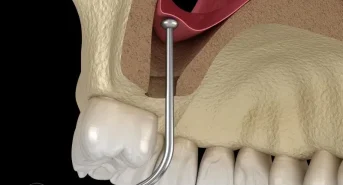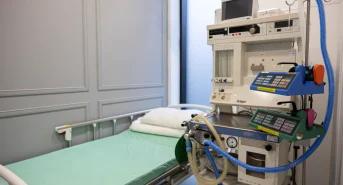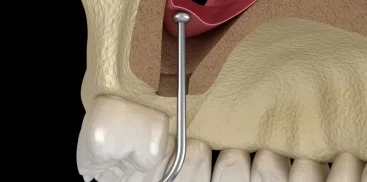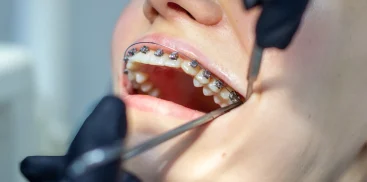The extraction of wisdom teeth is a significant dental procedure, and proper postoperative care is crucial for effective healing and prevention of complications. One of the commonly given tips after extraction is to use gauze to control bleeding. However, many patients wonder when they should stop using gauze after this procedure. In this article, we will delve into this issue in detail, outlining the steps in post-wisdom tooth extraction care.
The role of gauze in the extraction process
In the extraction process, the use of gauze is essential for controlling and limiting bleeding. By applying pressure to the wound, gauze facilitates the formation of a blood clot, which is a crucial element of the healing process. This clot plays a significant role in protecting exposed bones and tissues from bacteria, food, and other potential contaminants, speeding up the recovery process after extraction.
Duration of gauze use after dental procedure
The duration of keeping gauze in place depends on several significant factors:
- Bleeding frequency: Variations in blood clotting rates among patients affect the time needed to stop bleeding. Even after minor dental procedures, bleeding may persist for several hours. In cases of heavy bleeding, it is necessary to keep the gauze in place, applying gentle pressure.
- Type of procedure: Surgical removal of impacted wisdom teeth may result in more significant bleeding compared to standard extraction.
- Individual patient factors: The use of medications, presence of specific health conditions, and lifestyle-related behaviors such as smoking can significantly affect bleeding and the healing process.
It is usually recommended to change gauze every 30-45 minutes, depending on the intensity of bleeding. If bleeding significantly decreases or stops entirely after several hours, removing the gauze can be considered.
Indicators for removing gauze after wisdom tooth extraction
If you’re wondering when to stop using gauze after wisdom tooth extraction, here are a few signs to watch for:
- Clot formation: The presence of firm, jelly-like clots at the extraction site indicates that gauze removal can be considered.
- Reduced bleeding: If the gauze remains relatively clean, with minimal blood spots after changing it, it may be a signal that it’s time to remove it.
- Passage of time: After 3-4 hours post-procedure, meeting the above conditions, most individuals can safely discontinue gauze use.
Remember that regularly observing these signs can assist in proper management of the healing process after wisdom tooth extraction.
Precautions after gauze removal
After removing gauze following a surgical procedure, caring for the operation site is crucial for quick and effective healing. Here are a few steps to consider:
- Rest: It is recommended to avoid any physical exertion for at least 24 hours. Allowing the body to regenerate through rest is essential.
- Diet: Choose soft foods and avoid using straws to prevent accidental dislodgement of the blood clot, which can delay healing.
- Oral hygiene: In the first 24 hours post-procedure, avoid rinsing, spitting, or vigorous tooth brushing. Later, gentle rinsing with salt water can help maintain cleanliness.
- Avoid tobacco: Smoking or chewing tobacco can significantly delay the healing process after wisdom teeth removal. It is recommended to refrain from using tobacco entirely after the procedure.
Prioritizing post-wisdom tooth extraction care
Effective management of post-wisdom tooth extraction care requires awareness of the right time to stop using gauze. Understanding the signals sent by the body and adhering to the dentist’s recommendations will expedite the healing process, ensuring more comfortable returns to daily life. Every recovery process is individual, so in case of any uncertainties, consulting with a specialist is recommended.










